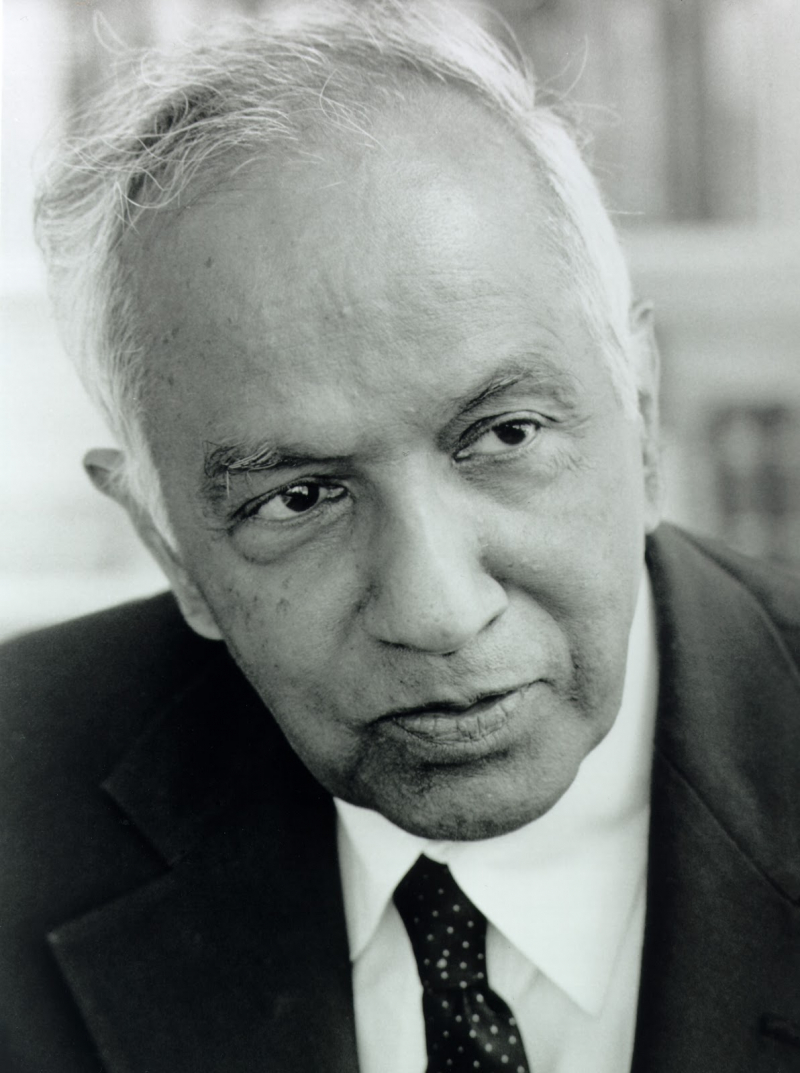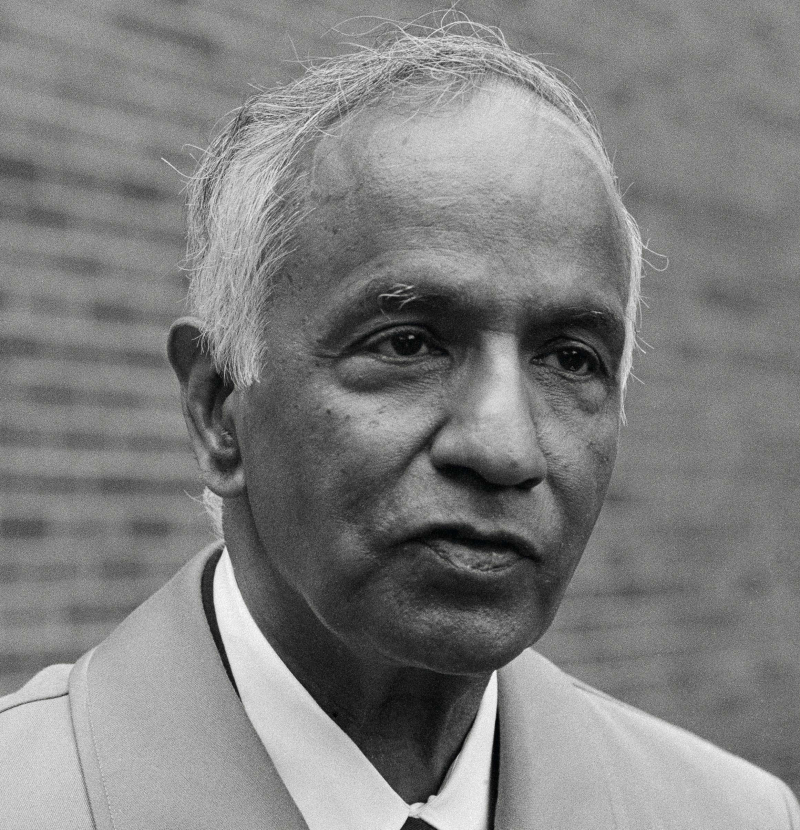Subrahmanyan Chandrasekhar
Subrahmanyan Chandrasekhar was an Indian-born American physicist and mathematician who made significant contributions to a wide range of disciplines, including ballistics, hydrodynamics, astrophysics, and quantum mechanics. His work on the evolution of stars, however, has to be his greatest contribution to science.
It was a widely held belief in the 1930s that stars would all collapse under their own weight and evolve into white dwarf stars when they converted all of their hydrogen to helium. Chandrashekhar established that a star's ability to die actually depends on its mass. Stars heavier than 1.44 times the mass of the sun, or what is now known as the Chandrashekhar limit, do not become white dwarfs but instead continue to collapse, erupt in a supernova explosion, and ultimately become neutron stars.
Born: 19 October 1910Lahore, Punjab, British India (present-day Punjab, Pakistan)
Died: 21 August 1995 (aged 84)Chicago, Illinois, U.S.
Known for: Chandrasekhar limit, Chandrasekhar number, Chandrasekhar friction, Chandrasekhar–Kendall function, Chandrasekhar's H-function, Emden–Chandrasekhar equation, Chandrasekhar–Fermi method, CFS instability, Chandrasekhar–Page equations, Kramers–Chandrasekhar equation, Chandrasekhar tensor, Chandrasekhar virial equations, Batchelor–Chandrasekhar equation, Schönberg–Chandrasekhar limit, Chandrasekhar's white dwarf equation, Chandrasekhar polarization, Chandrasekhar's X- and Y-function, Discrete Ordinates Method, Others in list form












